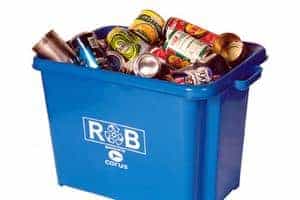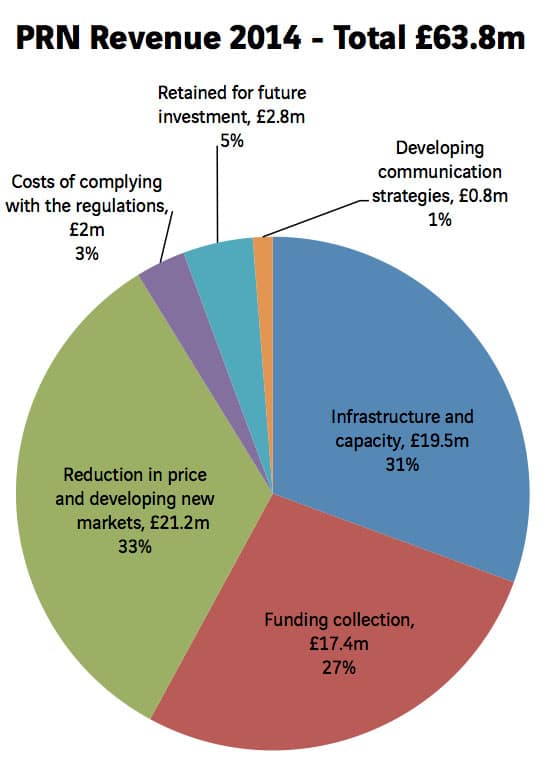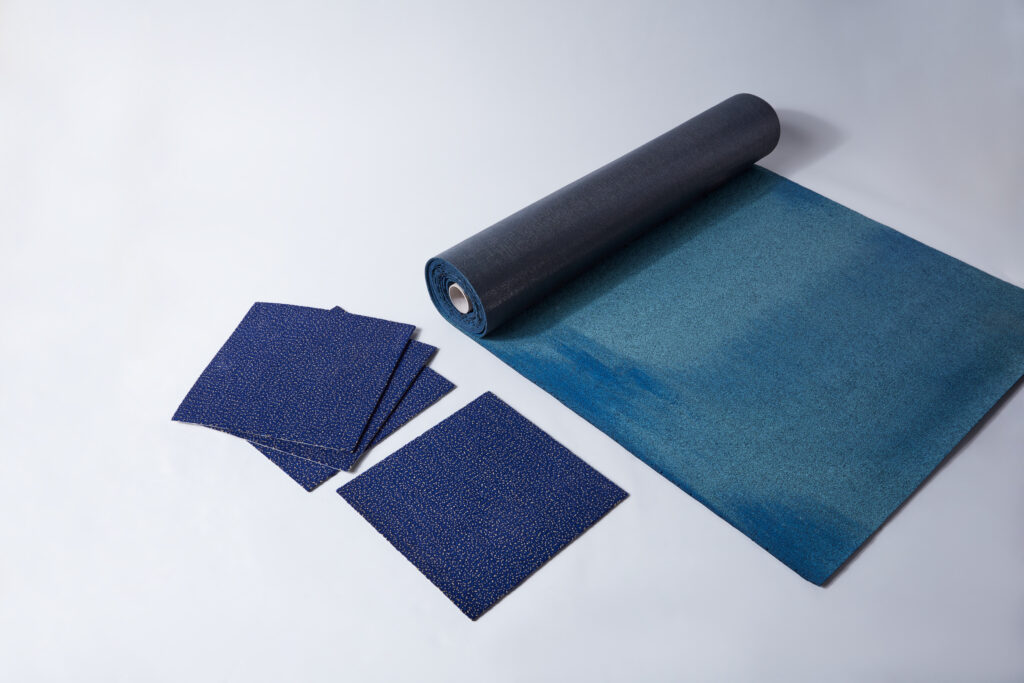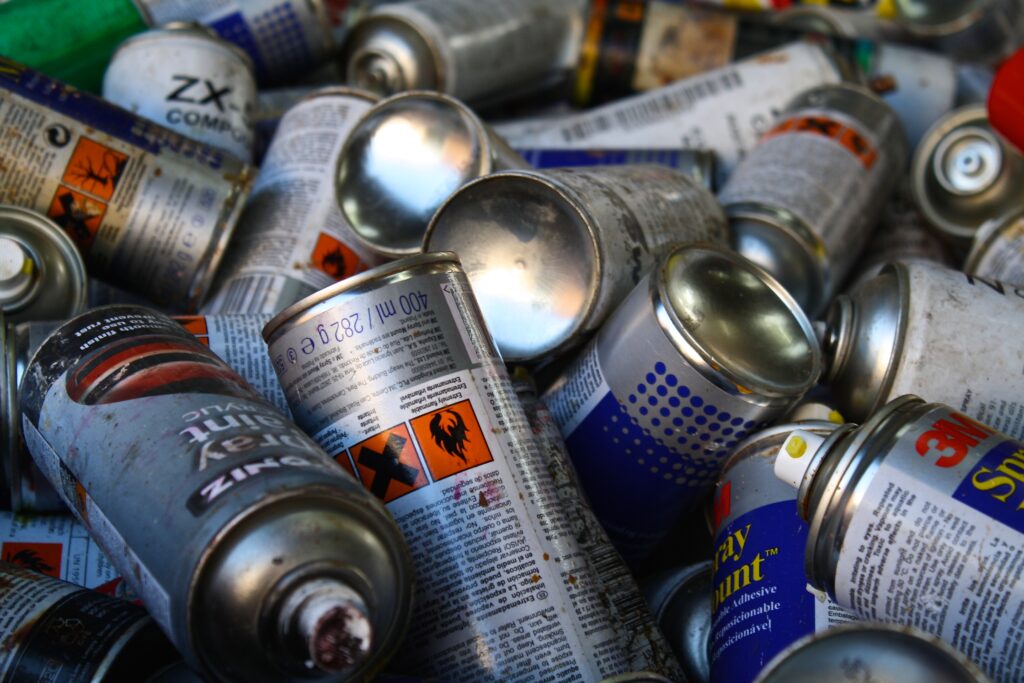The Advisory Committee on Packaging (ACP) is to consider whether the categories where PRN funding can go may benefit from further amendment, because of a “widespread lack of understanding” of where the money is being spent.
A first stage report on the topic, looking at the transparency of PRN spending, has just been published by the ACP and calls for more details to be released as to where money is spent. The report, in the form of a scoping study, has been drawn up by a group of ACP members and was chaired by Valpak’s Adrian Hawkes.

The ACP, which is made up of representatives from different sectors affected by the Packaging Waste Regulations and advises Defra on the main concerns affecting the sector, started work on PRN spending in January (see letsrecycle.com story).
At present, accredited reprocessors and exporters of packaging waste must show that the funding generated by PRNs is invested in ways to bolster packaging recycling. This includes funding for collections and developing new end markets for the materials, as well as sorting technologies to improve quality and capacity, costs of compliance, and developing communication strategies. Income from PRNs can also be retained for ‘future investment’.
However, the ACP is looking at whether the categories for investment should be “more relevant”, with potentially different or separate headings for reprocessors and exporters.
Information
The report however goes on to note that there is already a “good deal of information” on PRN and PERN funding available online, such as letsrecycle.com’s packaging pages, but that not all stakeholders were aware of it.
According to the report, other priority areas where action should be considered on transparency are:
- Enforcement of current reporting requirements;
- Example case studies where PRN funds have benefited communities;
- Information by local authorities to consider interrelation between PRN and material revenue flows;
- A general guide to the operating of the system and roles of key players.
The report follows the publication last month of statistics showing how much revenue was generated by packaging recovery notes (PRNs) in 2014 across all packaging waste streams and how it was spent.
In total, £63.8 million was spent by accredited reprocessors and exporters in 2014.

‘Infrastructure and capacity’ received £19.5 million, or 31% of total revenue, while the amount of revenue put to ‘funding collections’ gained £17.4 million – or 27% of the total investment.
The amount of PRN revenue generated fell from £111 million in 2013, though this can be attributed to fluctuating market conditions – whereby PRN values rise when commodities prices fall – and industry experts said it was not cause for concern.
Transparency
However, transparency over PRN revenue – including alignment with recycling markets and where collection investment – remains an issue for many.
Stuart Foster, chief executive of plastics recycling body Recoup, said the funds needed to be ‘used more effectively’ and ‘better aligned’ to support and increase the plastics recycling sector.
He said: “There absolutely has to be more transparency in the system. For example, do local authorities know that £10 million was allocated in 2013 and 2014 towards funding plastics collections according to the published data? And why has £7 million been ‘retained for future investment’ over last two years with over 70% of that by those issuing export PRNs?
“There needs to be an added layer of information and auditing of claimed PRN spend.”
Glass
Rebecca Cocking, head of container affairs at British Glass, added that it was “interesting” to see the variations between glass remelt PERNs for export and domestic PRNs.
She said: “With regards to the glass spend I am only able to discuss the UK remelt figures however it is interesting to see the variations between UK remelt and export remelt, which some may say shows how much the export PRN is needed to support export costs.
“From a remelt point of view the communication spend has been on activities such as the supply chain recycling summit we hosted last year and our ongoing work with friends of glass and the glass academy.
She added: “The reduction from 2013 is a reflection of the market stabilising following the shortage seen in 2012/2013.”
Options in July
The ACP’s task force is expected to outline its options on how to boost PRN transparency at the end of July, with full recommendations to be published in September this year.











Subscribe for free